15 Best RPGs That Never Left Japan
The borders of the video game world have opened up quite a bit over the years, but some truly great RPGs remain stuck in Japan.
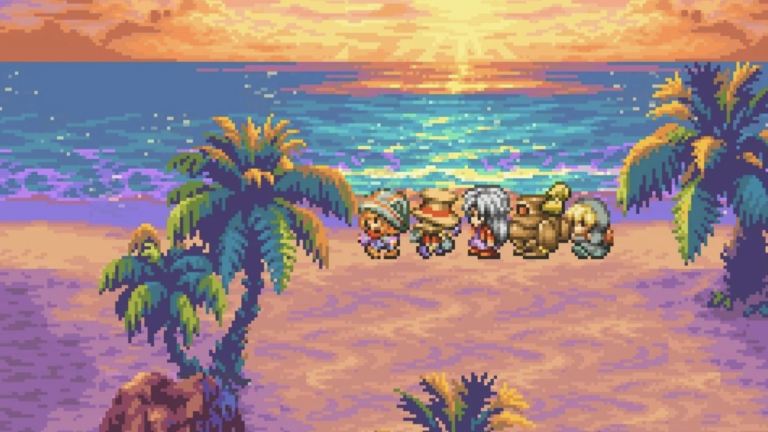
It’s not uncommon for seemingly niche games and franchises to blossom into beloved cult classics. In fact, more and more types of games are reaching more and more types of gamers these days. That being the case, you would think that companies would localize their modern and retro titles to give them a proper chance to succeed on a global scale. Unfortunately, many games just never get that chance.
To this day, a shocking number of games from various Japanese studios remain stuck in Japan. While not every Japanese-exclusive video game is worth playing, many are. At the very least, they’re worth knowing about for sheer historical context. And since there was a surprisingly long period of time when Japan was the RPG capital of the video game world, many of those titles that remain inaccessible to most Western audiences belong to a genre that has only grown in acclaim, success, and influence in recent years. Here are some of the best RPGs you might never get to play unless you learn Japanese.
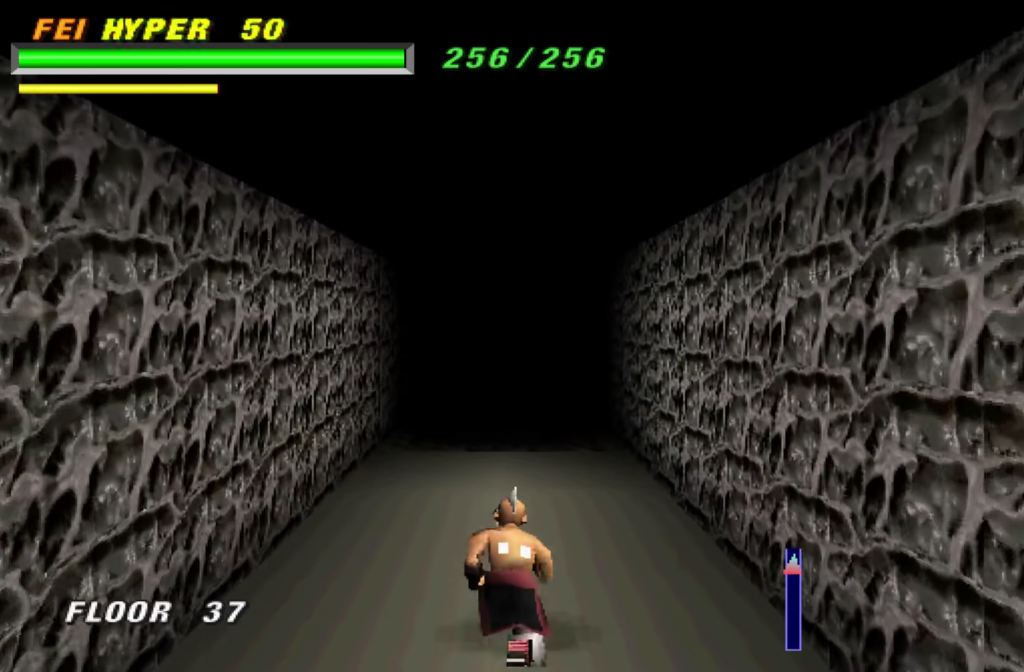
15. Tobal 2
Ok, cheating a bit here with this entry since Tobal 2 is primarily a fighting game, but it includes a special mode, Quest Mode, that utilizes RPG mechanics that make it far more than just an extra throwaway mode. This is important because the Quest Mode in Tobal 1 kind of sucked.
Tobal 2’s Quest Mode builds on the skeleton of the game’s main fighting mechanics, which are far more robust and robust than those of Tobal 1. Players can use any of Tobal 2’s main fighters and fight their way through crushing dungeons, level up different body parts, and equip stat-boosting gems. Each dungeon is crushingly difficult but in a good way, mostly because players can unlock new fighters by capturing dungeon monsters.
Completionists who conquer Tobal 2’s Quest Mode will find their character roster grow as high as 200 playable fighters (comparatively, Dragon Ball Budokai Tenkaichi 3 “only” has 161 playable characters).
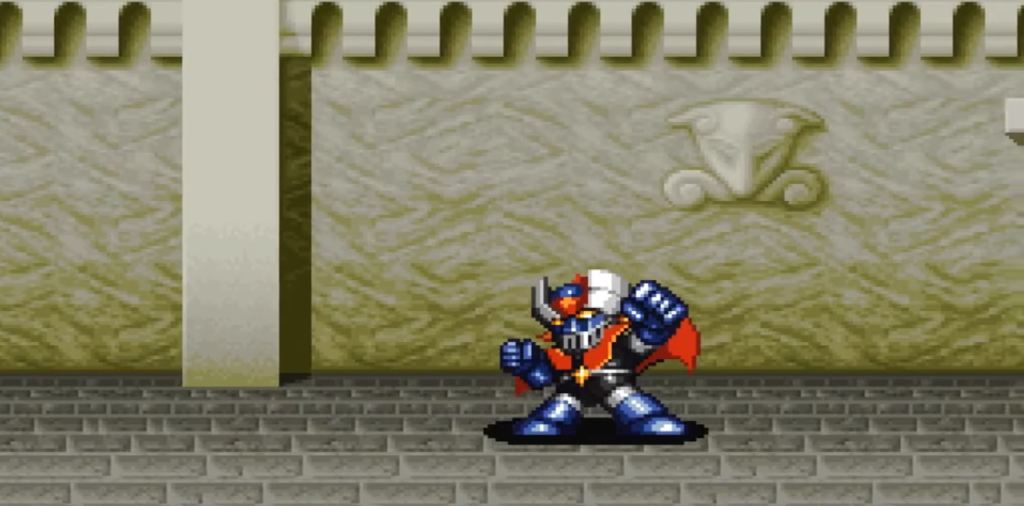
14. Most of the Super Robot Wars Series
Giant robots are awesome. What’s better than watching a 100-foot (or more) mecha rip off its shoulder pauldrons, combine them into a giant sword, and then bifurcate a giant monster that then explodes for good measure? How about commanding an entire fleet of robots with similar abilities?
The Super Robot Wars series is a long-running ensemble franchise where characters from disparate giant robot IPs team up to take down giant armies. Each game features a standalone story with a few novel protagonists and villains, but the franchise’s main hook is its presentation. While battles take place on grid-based battlefields populated by chibi sprites, the game knows when to amp up the action by animating iconic characters pulling off their signature, earth-shattering finishing moves accompanied by their respective theme songs. Somehow, the final boss fights shatter that high bar with challenging enemies and soundtracks backed by the best J-rock band on the planet: JAM Project.
Each Super Robot Wars is eye and ear candy of the highest caliber.
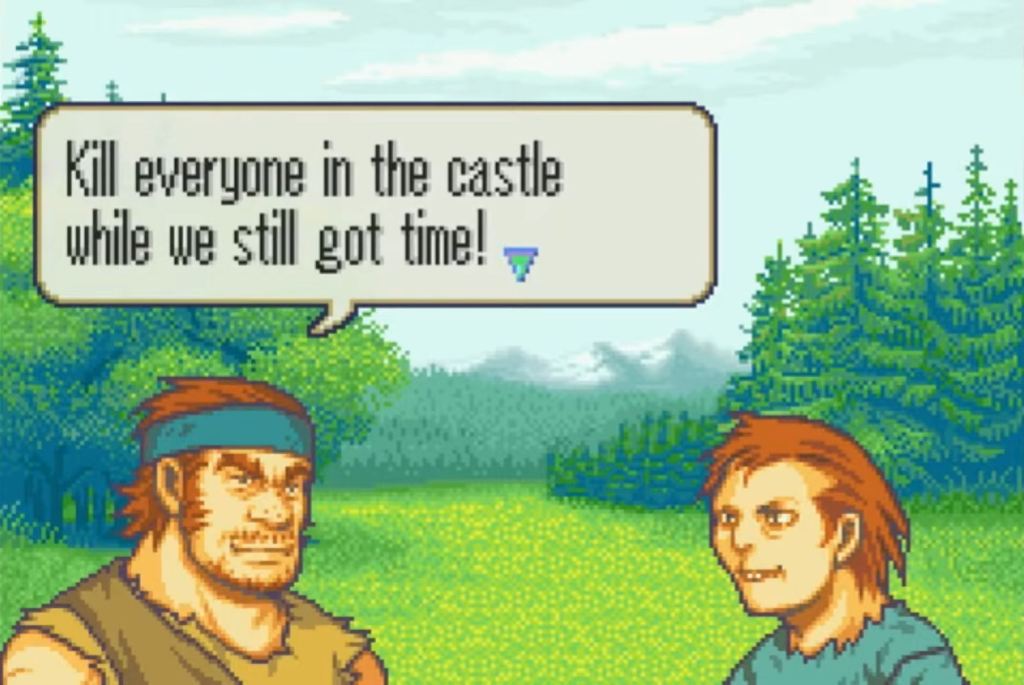
13. Fire Emblem: The Binding Blade and Thracia 776
Fire Emblem is a household name these days, but that wasn’t always the case. Originally, Nintendo had no intention of localizing the franchise for Western audiences. However, due to the popularity of Marth and Roy in Super Smash Bros. Melee, the company changed its mind. This was the right decision, as demonstrated by the sales numbers and reviews of more recent Fire Emblem games, but Western audiences are still missing out on quite a few hidden gems.
Fire Emblem: The Binding Blade and Fire Emblem: Thracia 776 are widely regarded as some of the best entries in the franchise. They represent classic Fire Emblem at its finest. The gameplay for each is polished, and their stories are memorable and gripping. Thracia 776 is the final entry developed for the Super Famicom and the last Fire Emblem game series creator Shouzou Kaga worked on. Moreover, the game was created to address criticisms of the previous Fire Emblem game, Genealogy of the Holy War. The Binding Blade, meanwhile, was developed for the Game Boy Advance and was the first entry to star Roy.
Because of his success in Super Smash Bros. Melee, The Binding Blade was the last Japan-exclusive entry in the series with the exception of Fire Emblem: New Mystery of the Emblem. Since the development of The Binding Blade coincided with Melee, Roy was selected to represent that franchise in the fighting game. Without those two games, Fire Emblem probably wouldn’t exist outside of Japan.
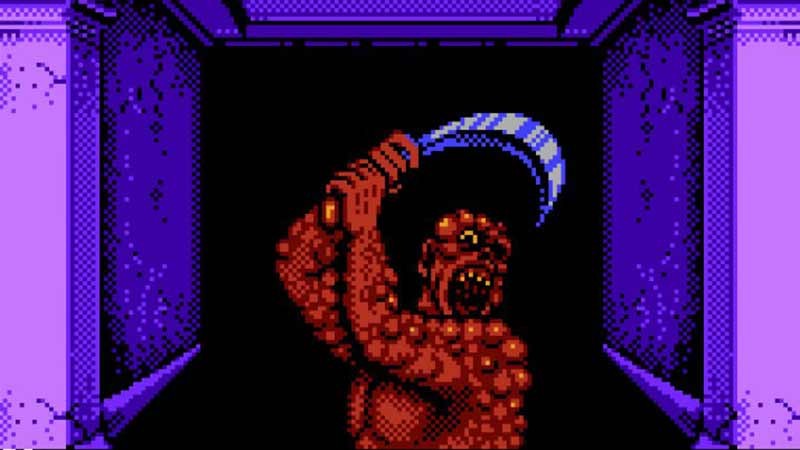
12. Sweet Home
Sweet Home is a game based on a cult classic horror film by the same name and should not be confused with Sweet Home: a Netflix series based on a cult classic horror webcomic. As such, the Sweet Home game is a licensed adaptation of the film, albeit with quite a few artistic liberties.
Sweet Home, the game, was released in 1989 for the Famicom. One of the earliest (and best) examples of a horror RPG, Sweet Home revolves around several explorers who are trying to escape a haunted mansion filled with shambling zombies, murderous dolls, and hungry maggots. Every aspect of Sweet Home, from its exploration segments to its random battles, is meant to chip away at gamers’ limited resources, and if any playable characters die, they’re gone for good.
These features, combined with macabre graphics that push the Famicom to its limits, produce a scarily memorable game. Oh and did we mention that Sweet Home is the spiritual predecessor of Resident Evil? There’s a reason we called Sweet Home the NES (or Famicom) game that was most ahead of its time.
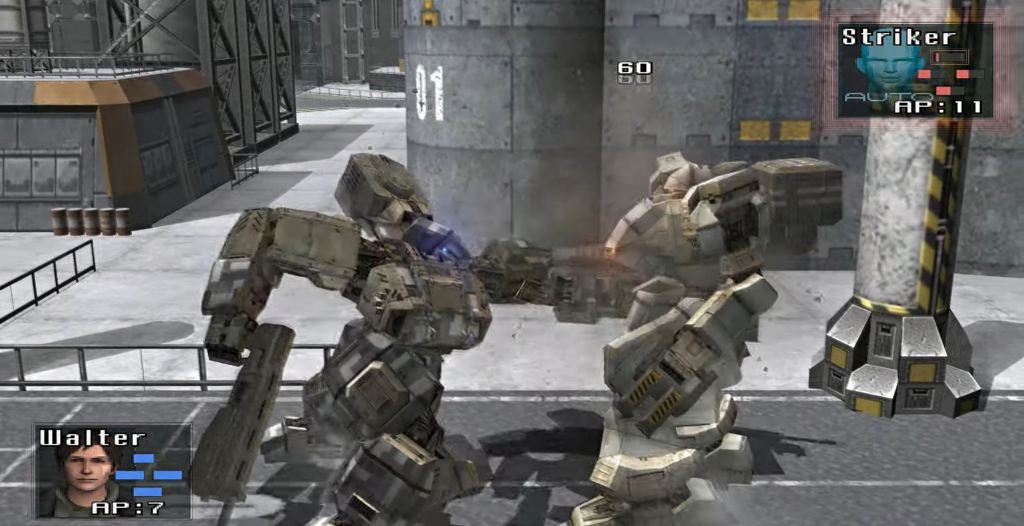
11. Front Mission 5: Scars of War
The Front Mission series has this weird relationship with localization. The mainline first, third, and fourth entries were ported outside of Japan, but the second and fifth weren’t (at least until Square Enix revealed it was remaking Front Mission 2). Now only Front Mission 5: Scars of War, which was first released in 2005 for the PlayStation 2, is the odd game out.
Front Mission 5, like the rest of the main Front Mission series, is a tactical RPG where players command squads of giant mechs to conquer grid-based battlefields. The game sports a variety of missions, and victory is determined not only by proper tactics but also decking out units with appropriate gear. And since each unit is a walking tank, each item alters its in-game model.
Not only was Front Mission 5 lauded for its polished gameplay mechanics, but the title also sported some of the best visual presentation that the PS2 had to offer at the time. The only notable issue with the game is its story. It’s not bad, but you won’t understand anything that’s going on unless you play the prior Front Mission games.
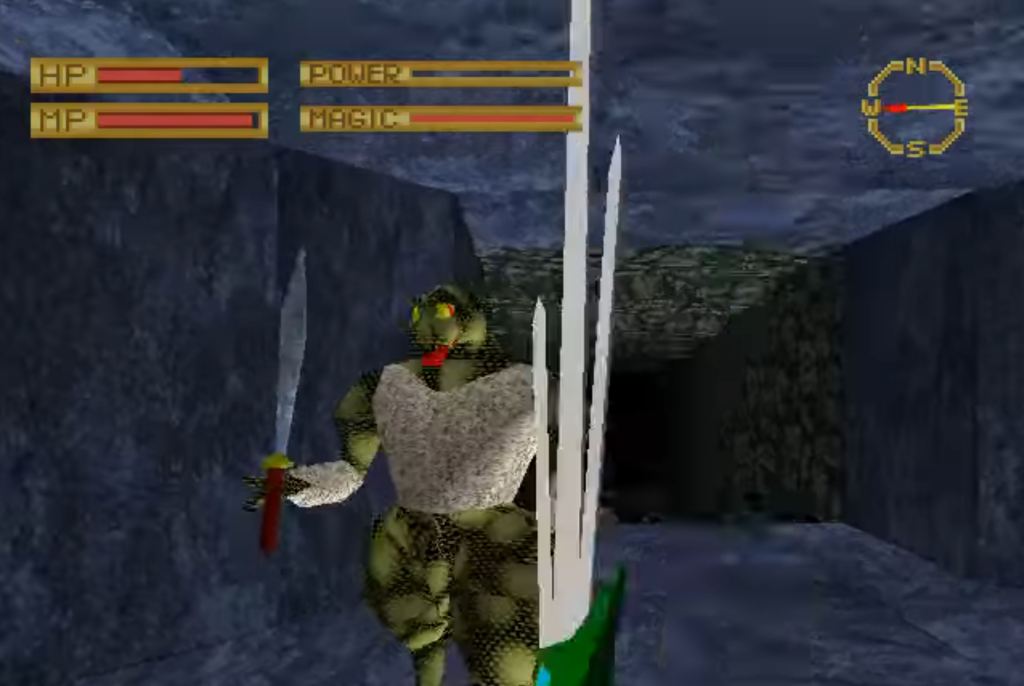
10. King’s Field
What is the first Soulsborne game? While Demon’s Souls really kicked off the modern era of the emerging genre, there’s a strong argument to be made that the grandaddy of the Soulsborne concept is actually FromSoftware’s first game (and one of the original Japanese PlayStation’s launch titles) King’s Field.
Like its younger, internationally-recognized siblings, King’s Field is a fantasy action RPG that gives players little to no direction. The game starts by giving players a sword and a pat on a back, and that’s it. Gamers have to figure out how to defeat enemies, collect weapons, and navigate dungeons, all from a first-person perspective.
While King’s Field is rougher and more of a dungeon crawler than contemporary Soulsborne titles, all of the genre’s signature elements begin in this PS1 launch title. Tough-yet-fair combat that relies on maintaining stamina? King’s Field. Sprawling areas filled with traps, monsters, and illusory walls? King’s Field. The Moonlight Sword? King’s Field. This game is a must-play for Soulsborne fans, if only to see where it all started.
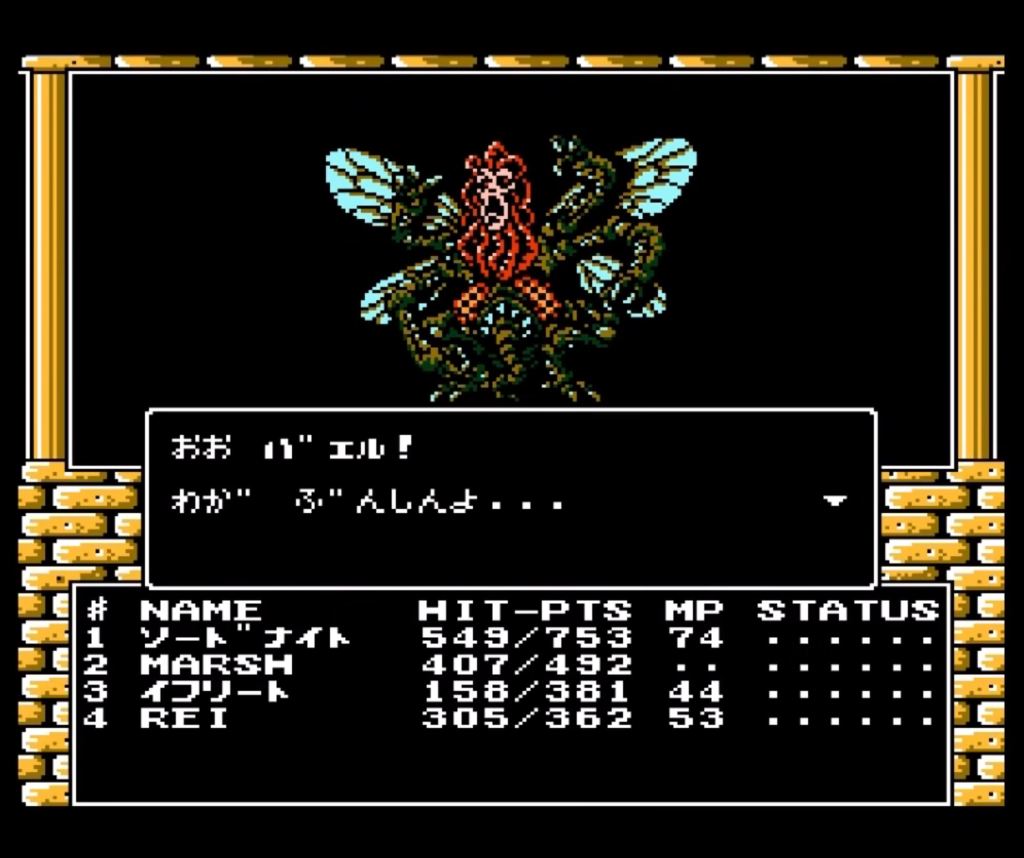
9. Shin Megami Tensei 2
Video game developers rarely get things right the first time. Street Fighter, for instance, was a clunky mess, but Capcom learned from its mistakes and procured the seminal classic Street Fighter 2. The same applied to Atlus’ Shin Megami Tensei series.
Like virtually every other Shin Megami Tensei game out there, Shin Megami Tensei 2 is mostly about recruiting demons (a catch-all for summonable, supernatural allies that include faeries, gods, angels, and actual demons) and using them in battle. Players have a compendium worth of creatures to fight, enlist, and combine, and depending on the choices they make during the story, some demons will more readily join up than others. And it goes without saying these story decisions also affect the plot in a myriad of ways.
SMT2 is an upgrade from its predecessor in virtually every way. The difficulty is more fair; the world is more varied and fleshed out, and the characters are more engaging. While the SMT series is far from a household name, SMT2 became the blueprint for the rest of the franchise.
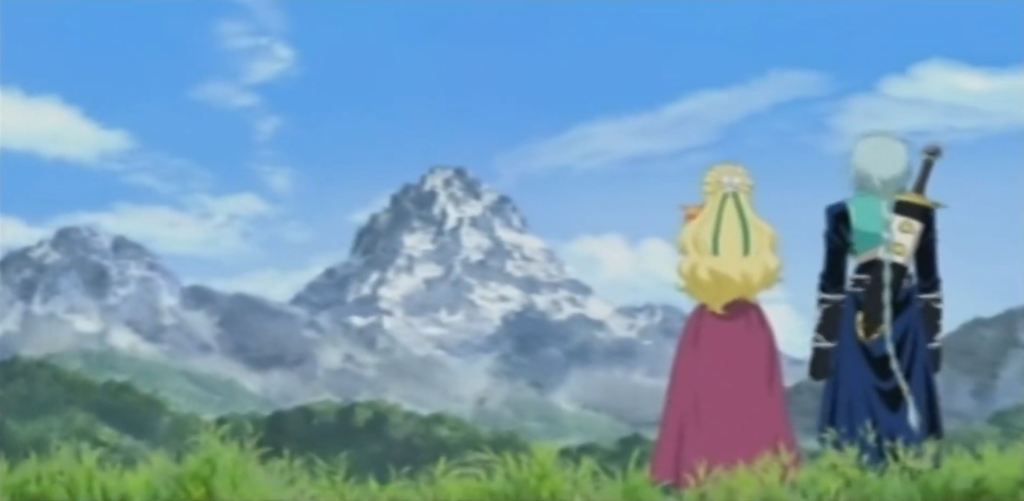
8. Tales of Rebirth
The Final Fantasy series is to turn-based RPGs as the Tales franchise is to action RPGs. Each entry is a critically acclaimed (or at least well-liked) standalone story with great combat and memorable characters. Unlike Final Fantasy, though Western audiences can’t easily play every Tales title out there.
Tales of Rebirth tells the story of a world torn apart by racial tensions. While that might sound like a very on-the-nose premise, the story is well-written and more subtle than it sounds thanks to the quality of its characters. Tales of Rebirth also shines thanks to its presentation, which mixes 2D sprites with a 3D world. Of course, the music is a thing of beauty (as is Tales tradition).
Mind you, this installment isn’t just a demonstration of the franchise’s best qualities. Actually, Tales of Rebirth broke from tradition by replacing the mana system with an in-game cube that can be customized to give different abilities unique traits. All in all, Tales of Rebirth is a fantastic and unique entry into the franchise.
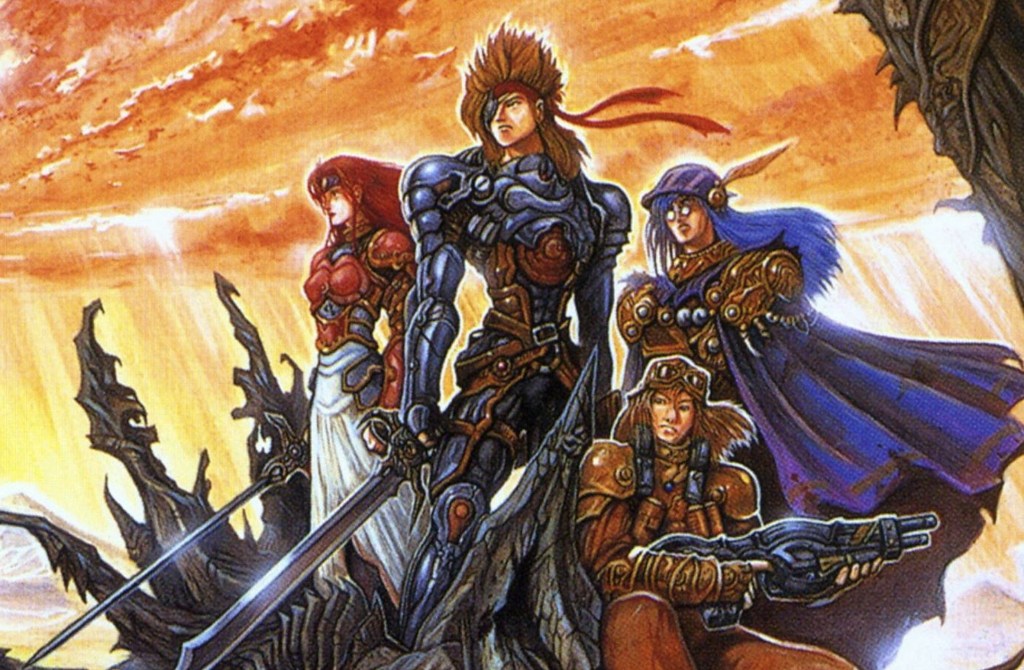
7. Treasure of the Rudras
Most gamers know the development story of Final Fantasy VI. Squaresoft planned to say goodbye to the Super Nintendo/Super Famicom with that title, so the company left Nintendo with a bang by producing one of the best games in the franchise. However, Japanese players received an additional final Super Famicom swansong from Square.
Treasure of the Rudras takes players on a whirlwind tour set during the last days of a fantasy world. Players can pick between multiple protagonists, each with their own stories and parties. Anyone who wants to see the true ending and its insane plot twists has to play through all the campaigns.
Treasure of the Rudras also sports arguably the most in-depth magic system of any RPG ever. Instead of casting spells, players create their own by using words. Since most magics in the game consist of a prefix, core, and suffix, the combinations are endless. Or you can just type in toilet humor words, which are just as effective. No seriously.
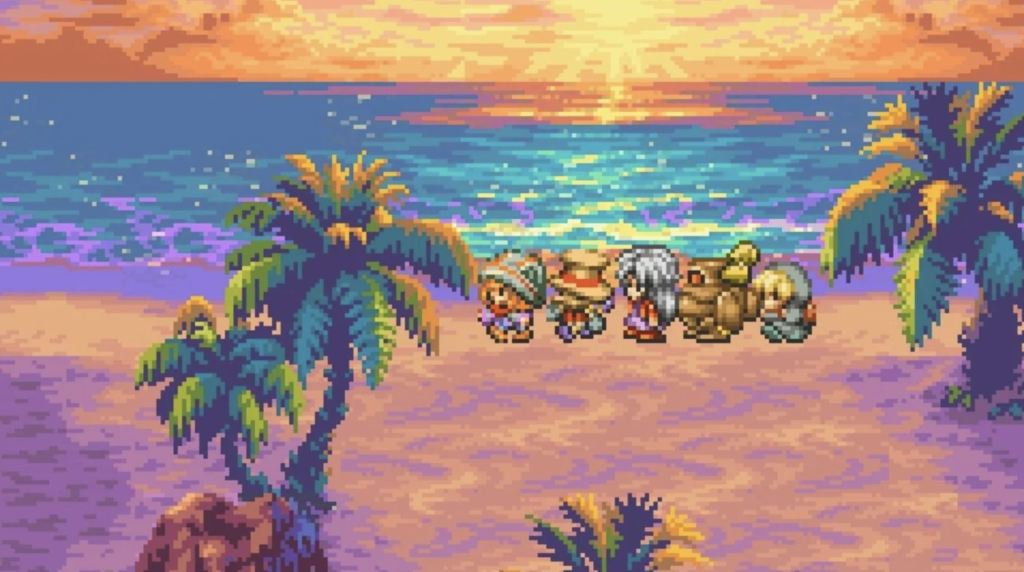
6. Magical Vacation
The game studio Brownie Brown, now known as 1-Up Studio, has assisted with the development of many beloved Nintendo titles. Before all that, though, Brownie Brown tried its hand at solo development with the Game Boy Advance title Magical Vacation.
Magical Vacation is a turn-based RPG that stars magical students who, while on vacation, are kidnapped for mysterious reasons. Players not only have to rescue their fellow students but also figure out why they were kidnapped and foil any evil plans they come across. The characters are as colorful as they are memorable, and the game shines thanks to its art.
On the combat side of things, Magical Vacation plays like many other RPGs with the exception of its elemental system. Playable characters can equip and summon magical spirits that power up different abilities, but so can enemies. This mechanic is built into the game’s difficulty and helps Magical Vacation stick around in gamers’ minds.
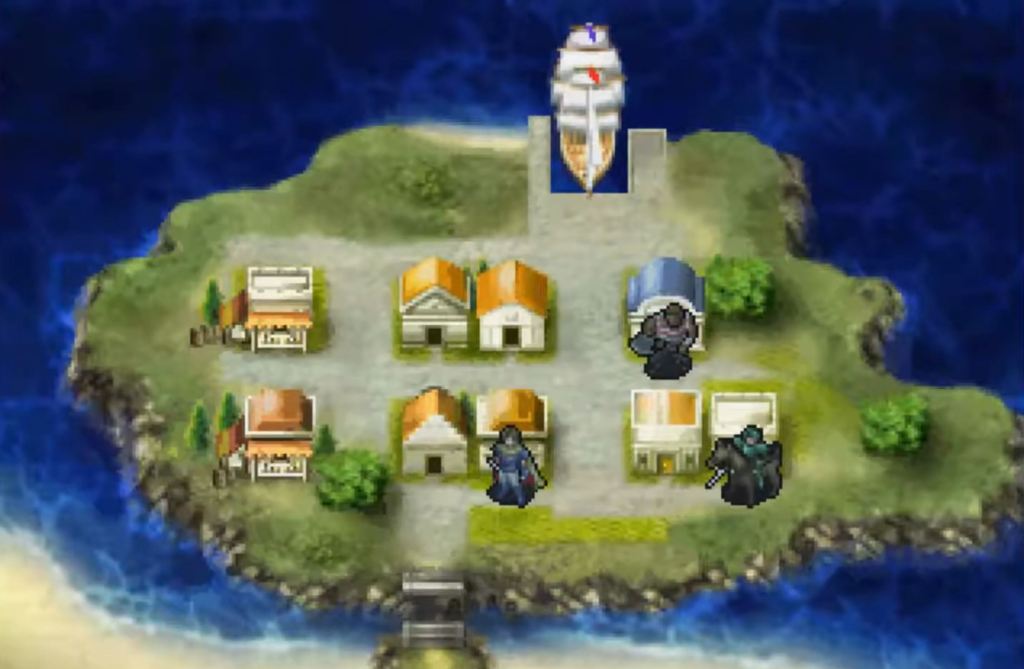
5. Tear Ring Saga: Chronicles of War Hero Yutona
The original Fire Emblem games were designed and directed by Shouzou Kaga. He stuck with the series until Fire Emblem: Thracia 776, after which he bid farewell to Intelligent Systems and Nintendo to create his own studio, Tirnanog. And Tirnanog’s first game was…well, Fire Emblem in everything but name.
Tear Ring Saga: Chronicles of War Hero Yutona is a tactical RPG for the PlayStation One that sees players control armies on a grid-based battlefield. Every time soldiers clash, the game zooms in on the individual units swapping blows. Again, Tear Ring Saga is almost identical to Fire Emblem, to the point where Nintendo sued Tirnanog and Kaga.
While Kaga won the court battle, that legal spat got in the way of localization issues. Still, Tear Ring Saga is a polished experience with a deep narrative, well-written characters, and challenging difficulty.
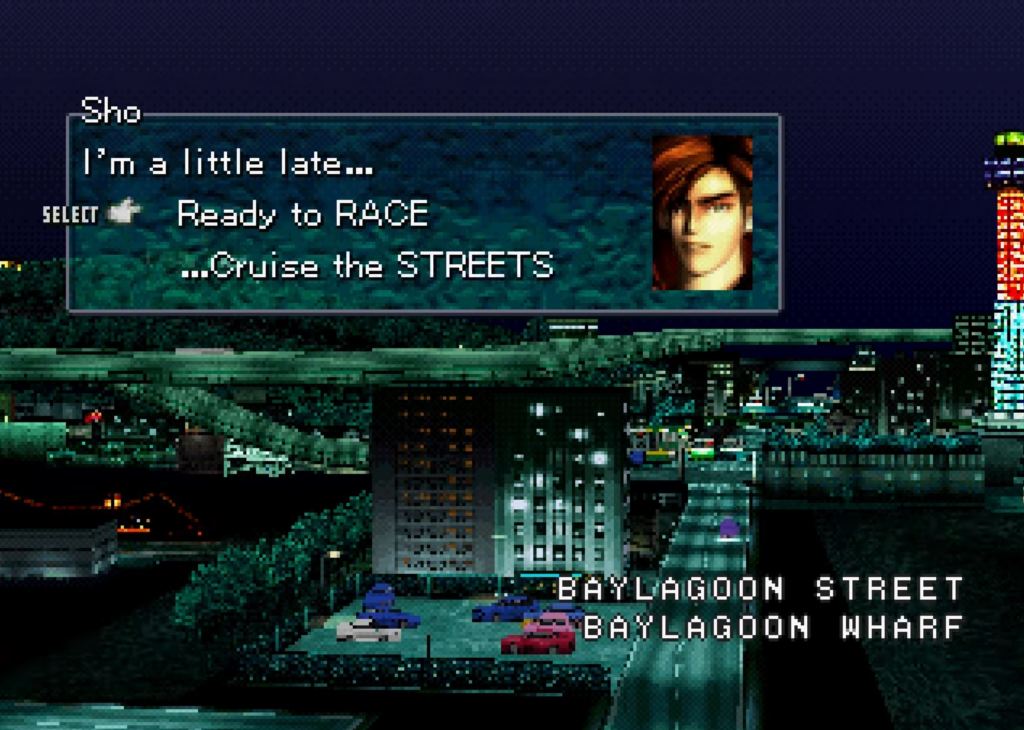
4. Racing Lagoon
Many racing games let players trick out and tune their cars, motorbikes, or other vehicles in a variety of ways. Half the fun of Mario Kart 8 is testing out different combinations of racer, vehicle, wheel, and paraglider. However, there’s a huge difference between vehicle customization and RPG mechanics. Once upon a time, though, Squaresoft bridged that gap with Racing Lagoon.
On the surface, Racing Lagoon looks like a racing game with RPG mechanics, but it is actually the opposite. As players explore a world map, they get into random “battles,” but instead of fighting enemies, gamers challenge rivals in street races. If gamers win, they get to upgrade their car by stealing car parts. If they lose the race, they also lose advantageous components.
This risk vs. reward system, combined with the sheer number of options and builds players can use for their car, produces a unique racing experience that quite frankly needs to return for the modern gaming era.

3. Kurohyo: Ryu ga Gotoku Shinsho
The Yakuza franchise (which will now go by its Japanese title “Like a Dragon”) has finally received the attention it deserves outside of Japan. The entire mainline series, and most of its spin-offs, have slowly been localized for overseas audiences. The only games that have yet to be properly translated are the Kurohyo: Ryu Ga Gotoku Shinsho titles.
Think of Kurohyo: Ryu Ga Gotoku Shinsho as a fighter RPG, even more so than Tobal 2. Unlike other Yakuza games, Kurohyou is less about exploring the bustling streets of Kamurocho and more about leveling up the game’s 20 fighting styles, each with its own combos and perks. Battles play out in 2D arenas and resemble the fights from the Def Jam series, mostly because they were made by the same studio.
While the narrative and characters of Kurohyo: Ryu Ga Gotoku Shinsho don’t measure up to the main Yakuza games’ stories, it is still full of great character moments and brought to life by unique hand-drawn motion comic cutscenes.
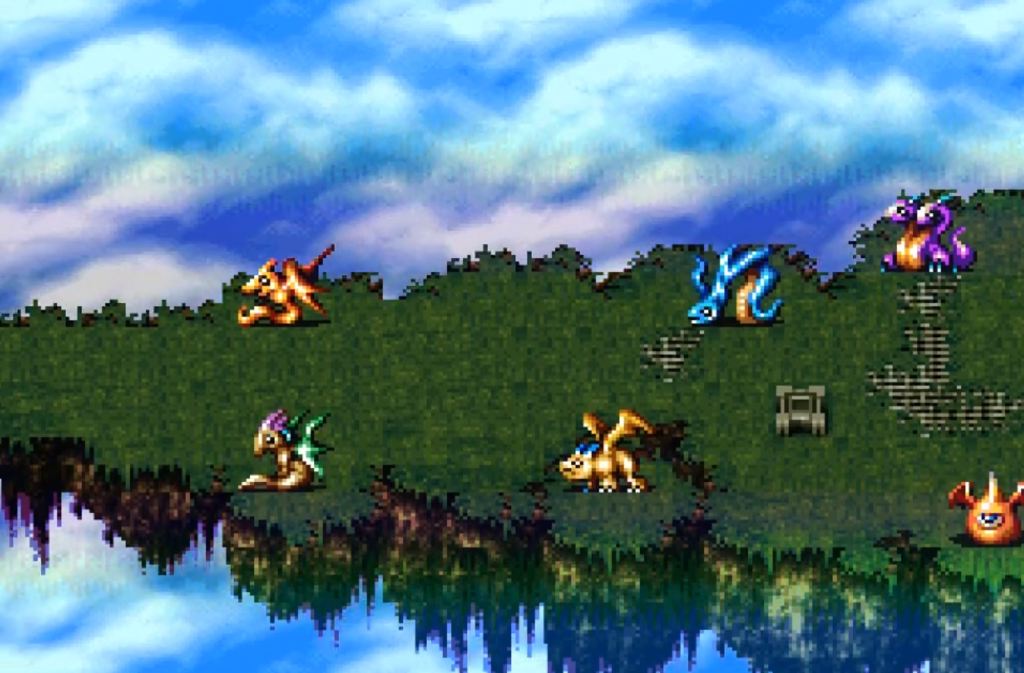
2. Bahamut Lagoon
Final Fantasy Tactics is one of the most beloved entries (or at least spin-off titles) in the Final Fantasy franchise. However, this game wasn’t Squaresoft’s first attempt at making a tactical RPG with the Final Fantasy name. That honor goes to an SNES game that was renamed to Bahamut Lagoon during development.
Bahamut Lagoon takes place in a world populated by floating islands. The story is a largely by-the-numbers tale of a captain leading an army to fend off an evil invading empire. Unlike most RPGs, the draw of Bahamut Lagoon isn’t the narrative but the gameplay. In battle, players move “units” across a grid-like arena, but each “unit” is actually a squad of up to four characters. Depending on a party member’s class, the squad’s role can change drastically.
The sheer number of class combinations gives Bahamut Lagoon a deeper combat system than almost every other RPG, including Square Enix’s other squad-based tactical RPG The Last Remnant.
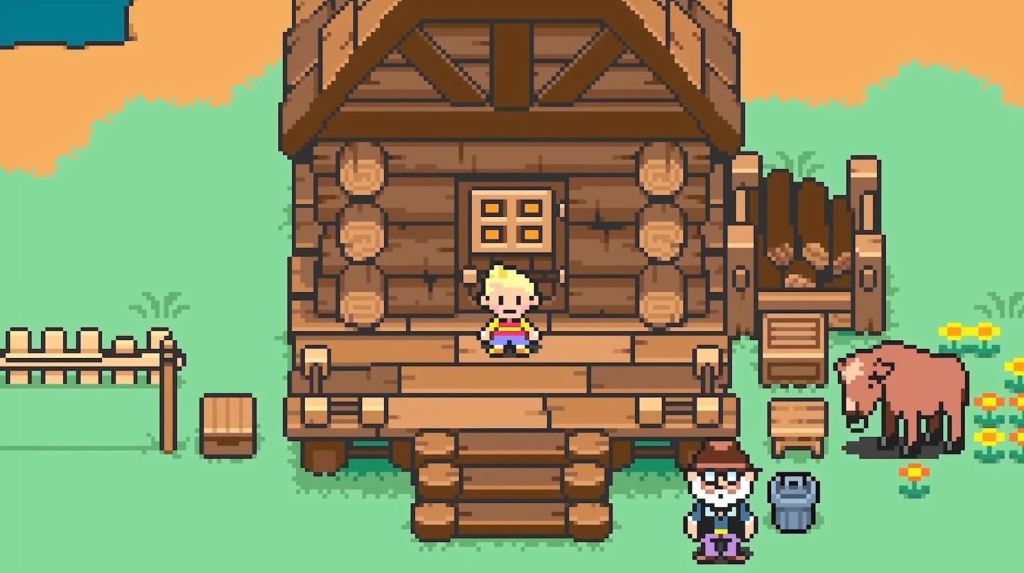
1. Mother 3
When many gamers think about Japan-exclusive RPGs, if not Japan-exclusive video games in general, Mother 3 is usually the first title that comes to mind, and for good reason.
Mother 3 originally began life as a Nintendo 64 title before it was canceled and subsequently rebooted for the Game Boy Advance. While the game changed platforms during development, it retained many of the signature elements of the Mother series (that Western gamers know as Earthbound). These include HP meters that roll down when characters are hit, giving players a chance to help party members survive what would otherwise be fatal hits.
While Mother 3 retains the bright and colorful aesthetic and polished gameplay mechanics of previous Mother titles, the story is praised for its maturity and themes of loss, sacrifice, and depression. Mother 3 is probably the closest you can get to a “perfect” RPG.
